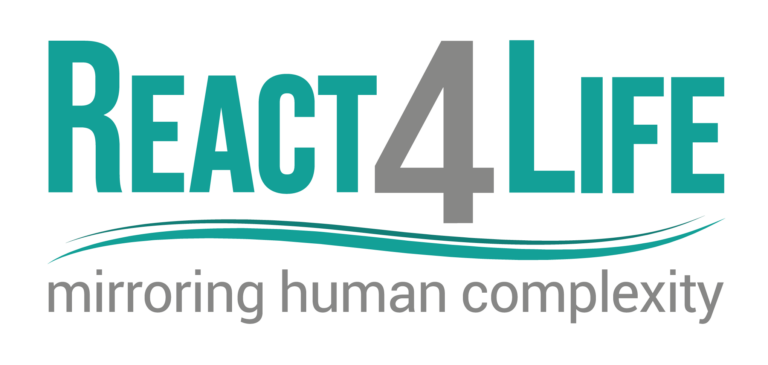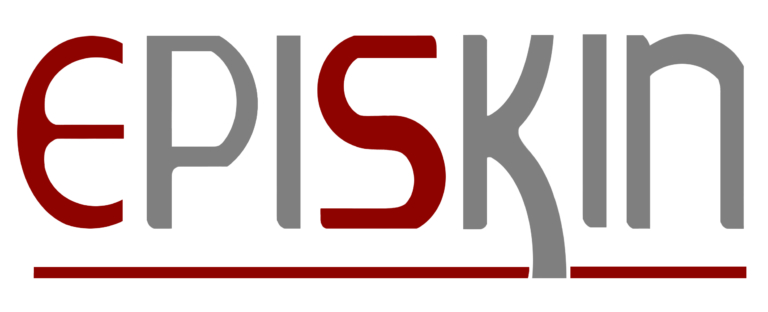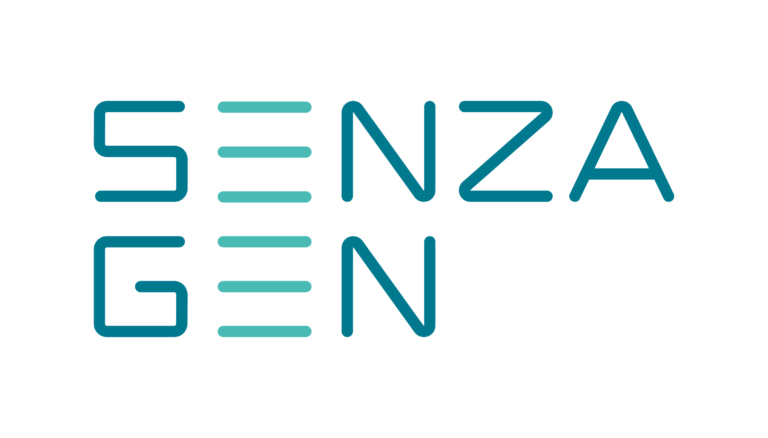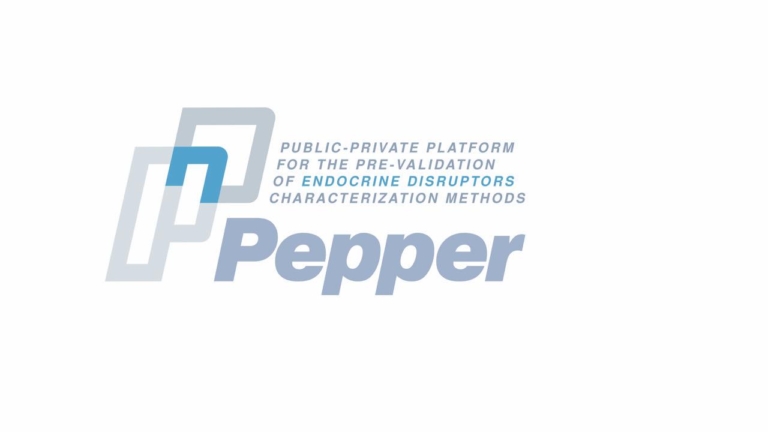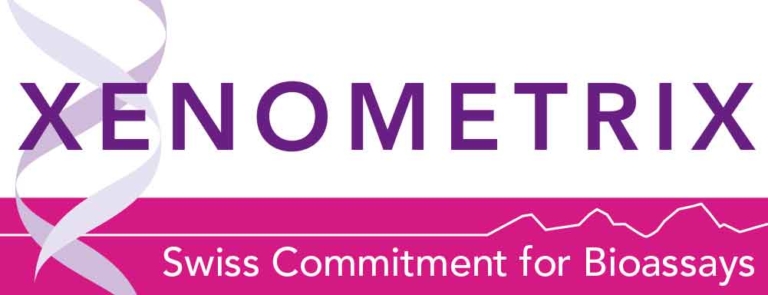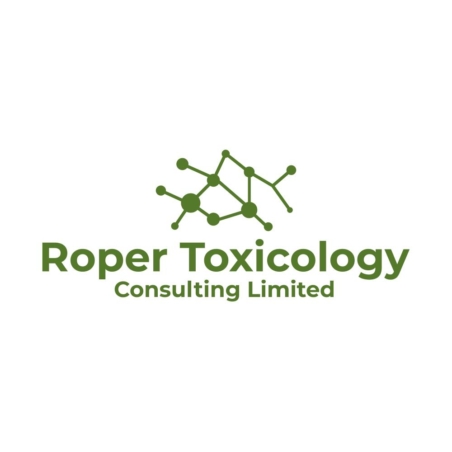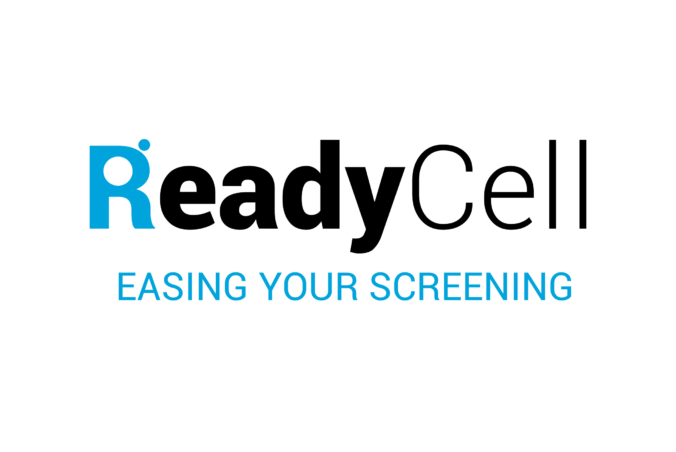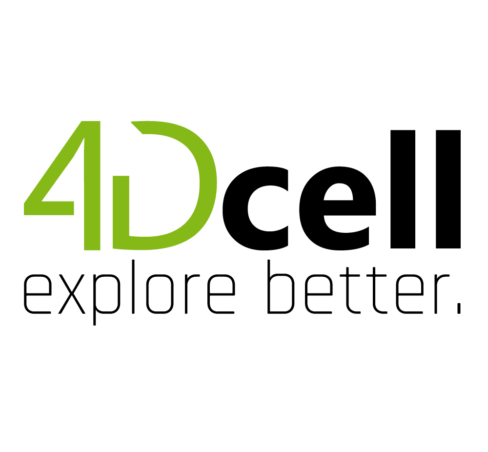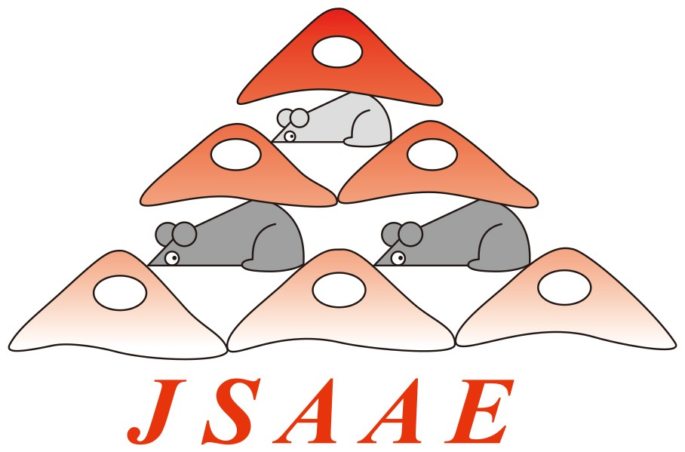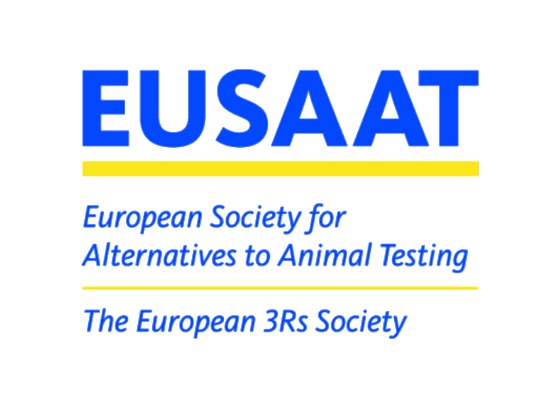| On 30 June 2022, the OECD published new and updated test guidelines New: Test Guideline 124 on Volume Specific Surface Area of Manufactured Nanomaterials and Test Guideline 125 on Particle Size and Particle Size Distribution of Nanomaterials. These are the first two harmonised methods for measuring certain nanomaterials-specific physical-chemical properties. These harmonised methods were developed to respond to regulatory needs in member and adhering countries, specifically for manufactured nanomaterials. The development of these Test Guidelines was supported financially by the European Commission. Test Guideline 467 was published on 30 June 2022 as the second Guideline comprising Defined Approaches, here on eye irritation, after Guideline No. 497 in 2021 on skin sensitisation. The two approved Defined Approaches on eye irritation are for liquid test chemicals and cover combinations of existing validated test methods and a set of physical-chemical properties (measured or predicted). Test Guideline 492B, also published on 30 June 2022, proposes a new stand-alone method for eye hazard potential using a reconstructed human corneal epithelium. Each of the method/defined approaches in TG 467 and Test Guideline 492B is considered each a full replacement of the animal study, under a defined applicability domain, and enables to generate data to enable classification (Category 1, 2 or No Classification) according to the UN GHS. Test Guideline 470 on the Mammalian Erythrocyte Pig-a Gene Mutation Assay, describing an in vivo procedure that can be combined with existing TGs to generate mutagenicity data; Test Guideline 251 on the Rapid Androgen Disrupter Activity Reporter Assay, using transgenic fish eleutheroembryo in a 72-h assay to generate data for screening endocrine activity of test chemicals; Test Guideline 320 on Biotransformation of chemicals in liquid manure. The following Test Guidelines were updated or corrected and published on 30 June 2022. A special highlight for Test Guideline 442E that integrates the GARDSkin assay: the method covers a genomic expression of a defined set of genes predicting skin sensitisation potential of test chemicals. This is the first harmonised method that generates and interprets genomic data for a regulatory endpoint. Updated: Test No. 442C: In Chemico Skin Sensitisation Test No. 442E: In Vitro Skin Sensitisation Test No. 488 on Transgenic Rodent Somatic and Germ Cell Gene Mutation Assays Corrected: Test No. 117: Partition Coefficient (n-octanol/water), HPLC Method Test No. 123: Partition Coefficient (1-Octanol/Water): Slow-Stirring Method Test No. 406: Skin Sensitisation Test No. 425: Acute Oral Toxicity: Up-and-Down Procedure Test No. 442D: In Vitro Skin Sensitisation: ARE-Nrf2 Luciferase Test Method Test No. 456: H295R Steroidogenesis Assay |
Related content
ESTIV Applied Training Course registration is open!
ESTIV Applied Training Course is scheduled to take place in Bratislava, Slovakia, from November 16–21, 2025. Organised by the European Society of Toxicology In Vitro (ESTIV), the course is a 6-day program on in vitro toxicology and new approach methodologies (NAMs).
ESTIV Liebsch & Spielmann Award for Contributions to the Validation of Alternative Methods
ESTIV is launching prestigious award, to honor outstanding scientific contributions to the validation and regulatory acceptance of alternative methods to animal testing.
ESTIV-ASCCT July Webinar – Registration Open!
We hope you will join us for the next installment of the ESTIV-ASCCT webinar series…
 The ESTIV Members Area
The ESTIV Members Area